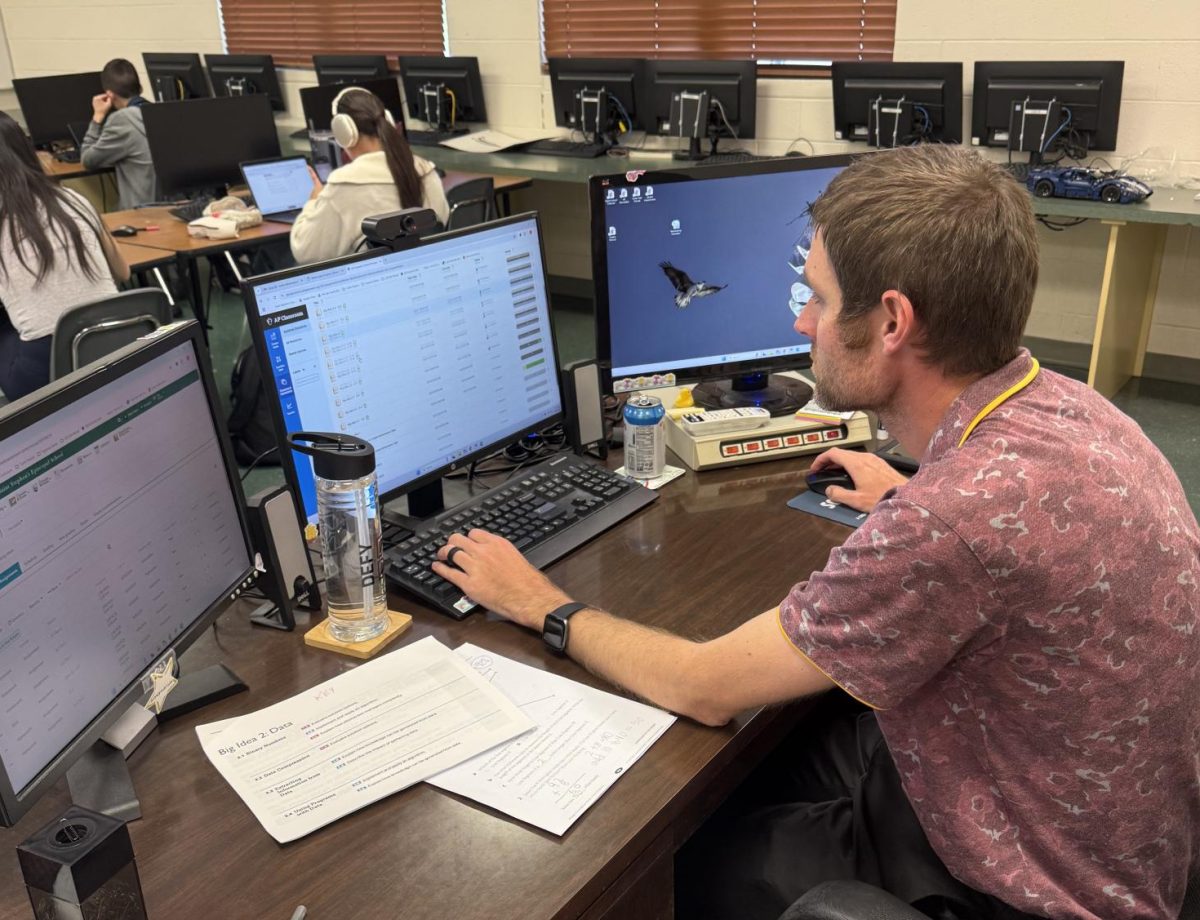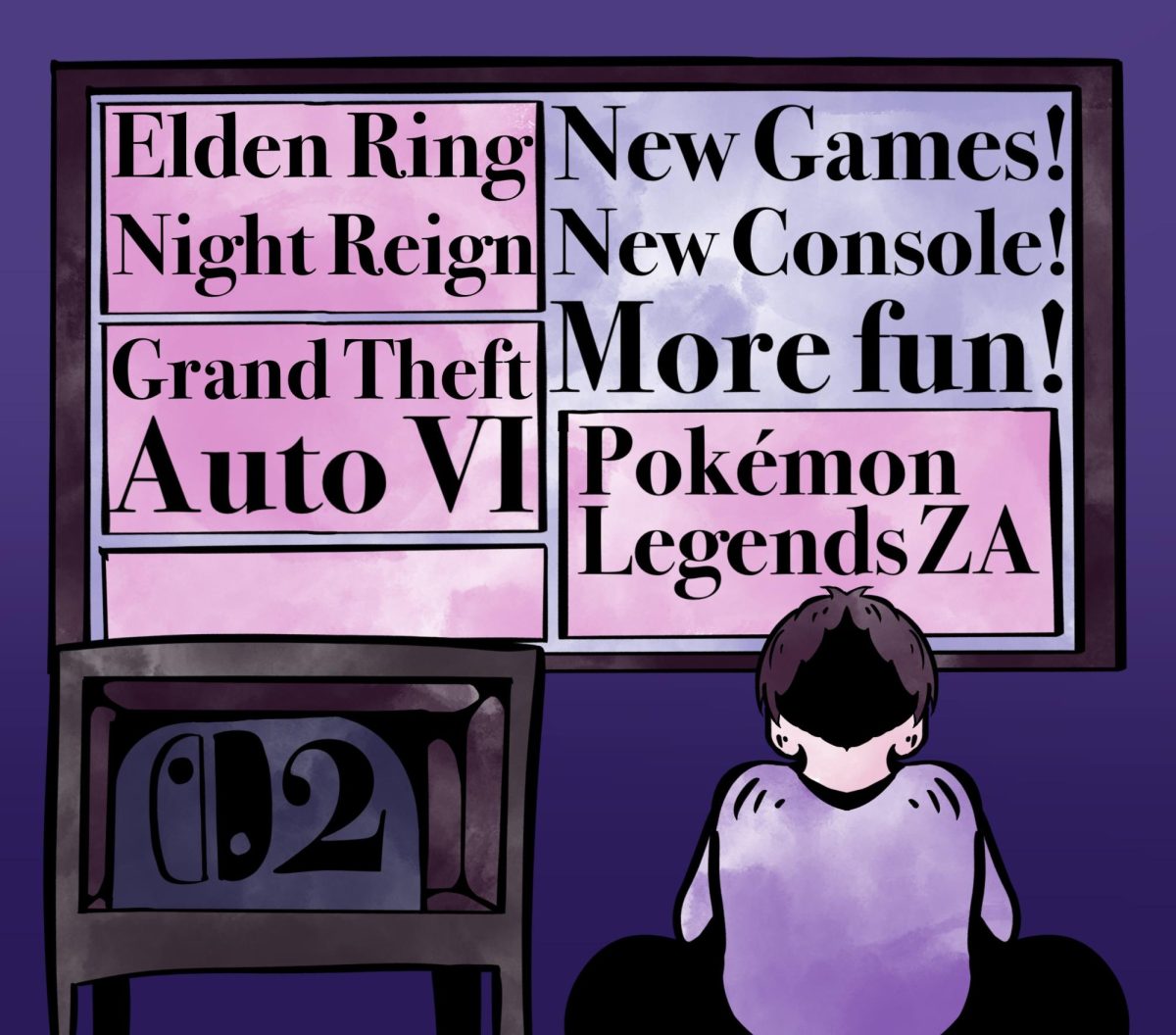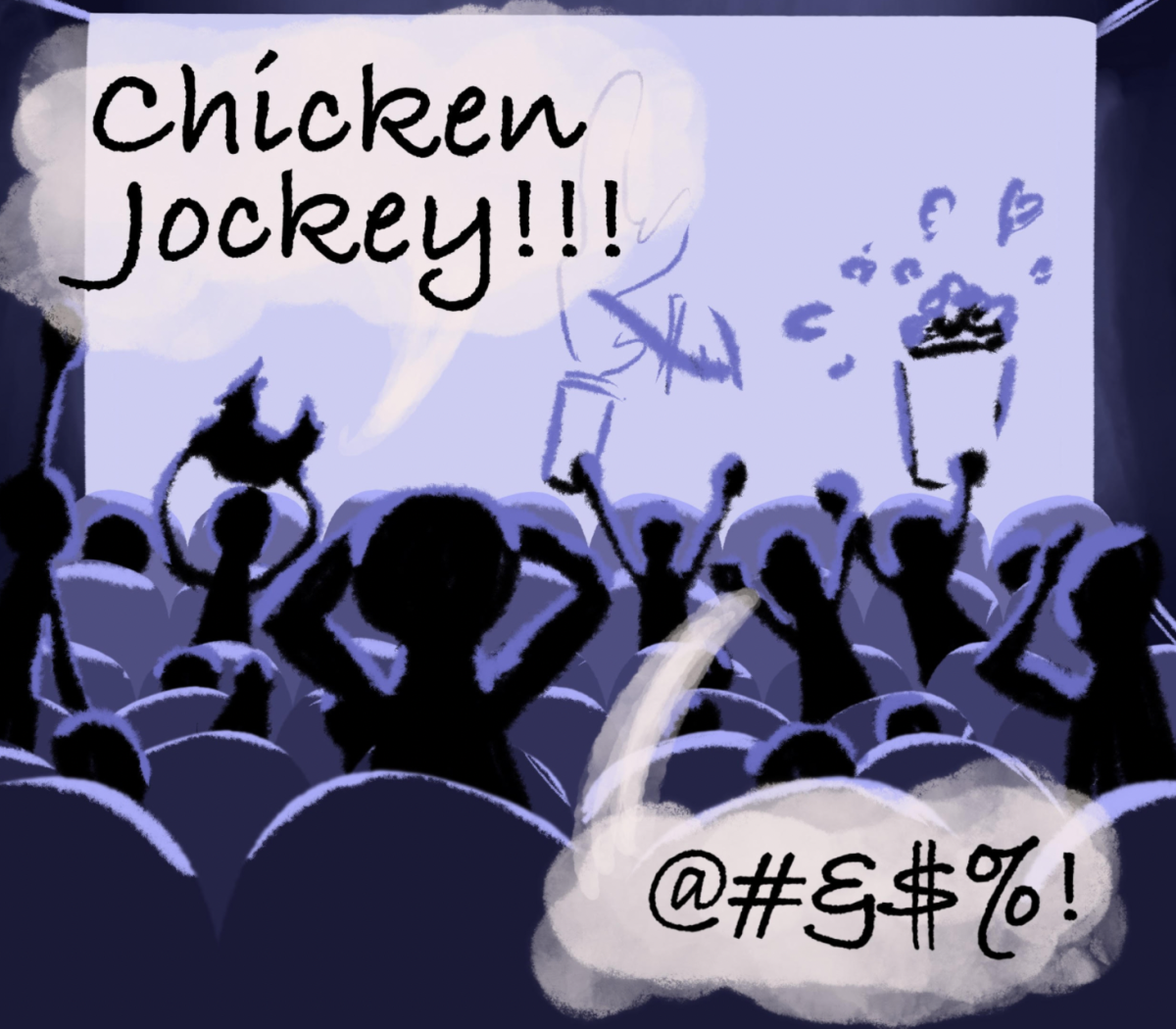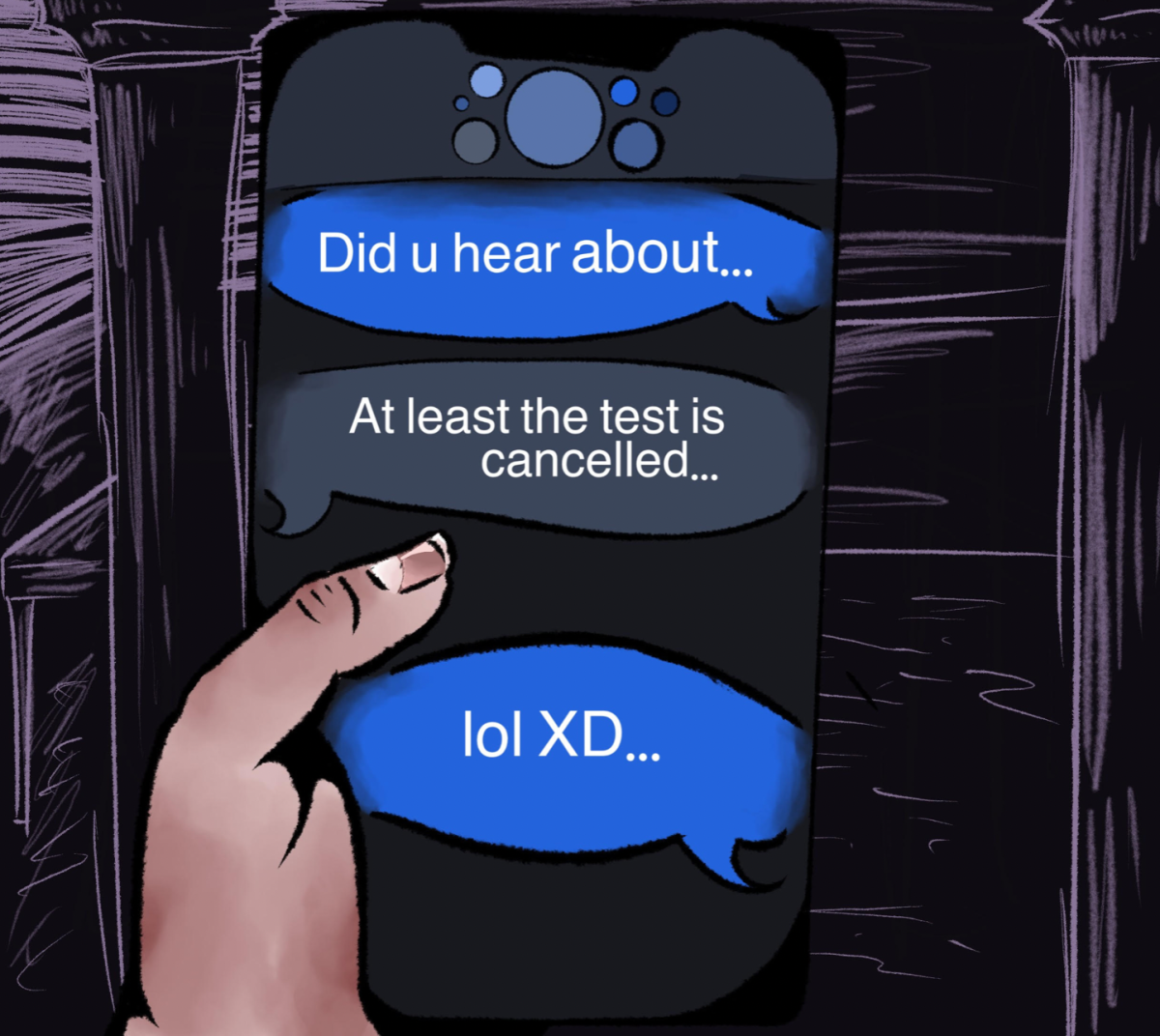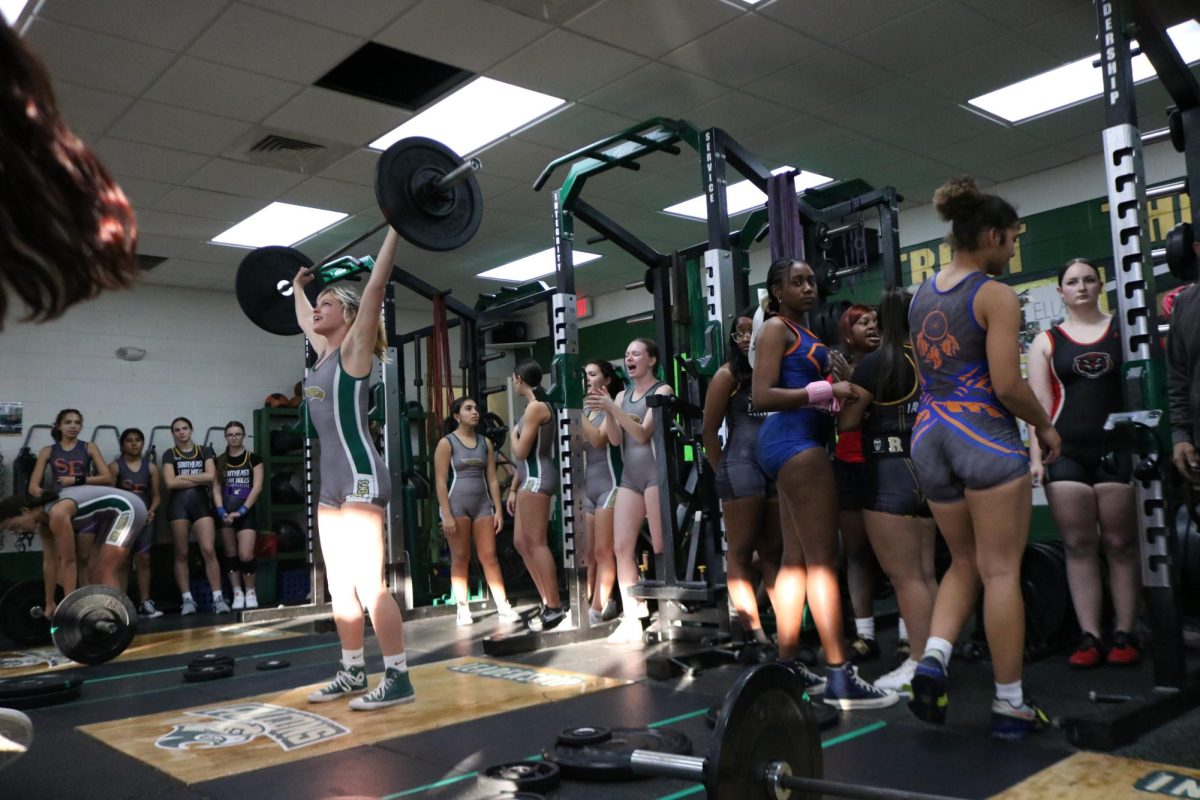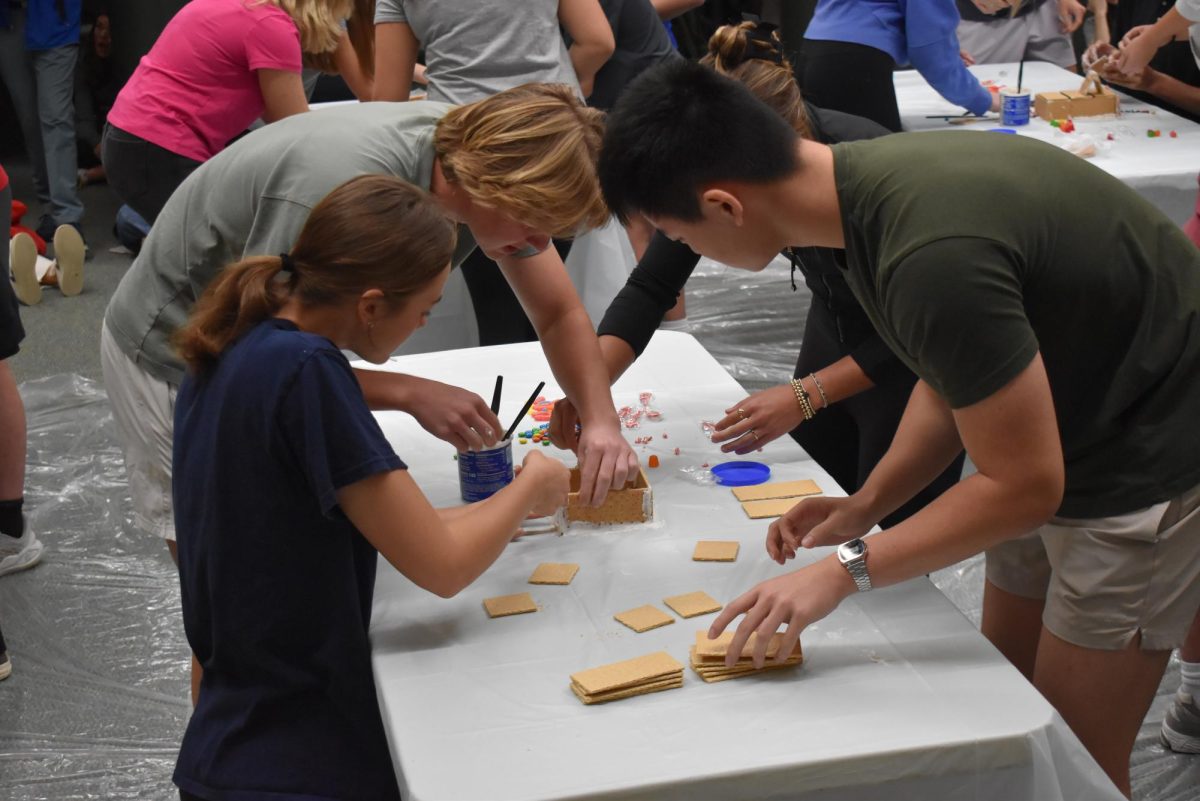Facing the slump
Feeling unmotivated lately? Tired? Even more than usual? You’re not the only one. Read on to find out more about the “slump” that (annually) takes the school by storm.
With spring break right around the corner, it’s a bit tough for students and their teachers to keep focused in the classroom. Many think it’s high time for a vacation.
Imagine settling down at your desk for another long block period. You expect it to be like any other day of the week, trying your best to pay attention to the arduous lecture. Suddenly, the room goes dead silent. You look up from your paper to see the teacher’s face alarmingly red, from his nose to the tips of his ears. He airs his frustrations with his students in a relatively even tone, but you can tell that it’s taking all of his strength to keep his composure. In the short time you’ve known him, he’s never been one to get irritable or angry, but it seems that the class has driven him to the end of the rope.
News flash: there’s an epidemic running rampant in the Upper School throughout the past month; a burnt-out, unmotivated feeling that’s nearly impossible to shake. The diagnosis? A particularly nasty case of the “third interim slump.” Think senioritis, but not just for seniors.
Symptoms among students include unusually high procrastination tendencies, a generally indifferent attitude towards studying for tests and quizzes, and an around-the-clock need to curl up and take a nice long snooze.
In a brief interview with juniors Maria Erquiaga and Kassandra Haakman, both admitted that they were generally conscientious about completing their schoolwork, but that they’ve been feeling relatively run down as of late.
“Everyone keeps telling me that ‘junioritis’ isn’t real,” Erquiaga said, “but then I look at the seniors, and I look at myself, and we all have the same washed-out expression of just wanting to give up.”
Struggling to hold back her laughter, Kassandra recalled a particularly dreary instance in her AP Language and Composition class. “…I walked into [class] one morning, and Mrs. Broaddus (a part-time English teacher) was like ‘Hey, how’s everyone doing?’, and we’re all like, ‘Bad.’ Everyone was like, ‘Bad, like slowly dying. Like dead already.’…So I think that pretty much explains [it].”
Teachers, too, seem to have been afflicted by the ill-effects of the slump. Students’ lack of motivation to work and failure to submit assignments in a timely manner often results in mounting tensions in the classroom and, in some cases, thinning patience.
Mrs. Clough, who teaches Physics Honors and Chemistry Honors, explained what she’s observed these past few weeks: “I definitely noticed that students start feeling more stressed, that their attitudes maybe aren’t as positive as they were earlier in the year… They’re less likely to join in-class discussion, [and] they just look tired.”
Another teacher, who has requested to remain anonymous, stepped forward and gave their account of the changing dynamics within the classroom. “The third interim slump is a common condition; it happens every year,” they said. “What’s unfortunate is, from a teacher’s perspective, it can feel like students are being lazy, putting their guards down, even disrespectful in a way. As a result, I tend to say to classes, ‘Buckle up,’ and I take things up a notch. To me, this is still working time; it’s not a time to allow fatigue to overcome you unless you’re sick or another outside reason.”
But even with faculty efforts like these to motivate students, one question still remains: what could possibly cause the student body to be so worn out all of a sudden?
As the name implies, the answer lies in the third interim. Notorious for its scarcity of longer breaks (save for College Weekend) which provide downtime to unwind and relax, it’s easy to feel like the long school days will never end.
“…School is stale [by third quarter], for kids, for teachers, for everybody,” Mrs. Clough later remarked. “Once we come back from spring break, it’s just like whoosh.”
So as we continue dragging our feet toward graduation, is there anything we can do to make the ‘slump’ at least a bit more manageable? The truth is, not really. We can try to figure out ways to fight it, to keep the ball rolling and keep people on their toes, but the fact of the matter is that there’s always ups and downs to the school year. Highs and lows come and go in phases; the ‘slump’, it seems, just happens to be a time where we need to accept it as it comes, cross our fingers, and hope that this too shall pass.





